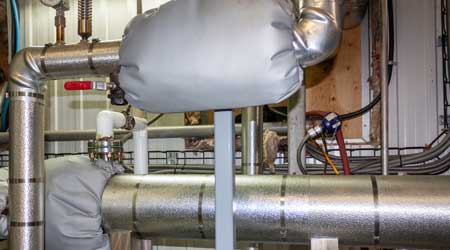
REI Looks to Sell Just-Built Corporate Headquarters
August 14, 2020
During a presentation about the future of the workplace at this summer’s virtual BOMA show, Marla Maloney of Cushman and Wakefield put forth the idea that sprawling suburban corporate headquarters might go the way of the dinosaurs. Instead, a model she called “total workplace ecosystem” will emerge. This basically means that the workplace will no longer be one location - it’ll be a combination of work-from-home, satellite offices, and maybe one much-smaller central location. “We expect companies that had been centralized on one campus to branch out into multiple locations,” she said.
Sheryl Schulze of Genzler called this the “hub and spoke” model, and suggested that “with the amount of subleased space on the market, companies will look at how to implement distributed workplaces.”
For now, many organizations’ employees are still exclusively working from home, and many organizations plan to continue that strategy well into 2021. One company that finds itself in a particular bind is REI. The outdoor retailer has completed construction on a new sprawling corporate campus in Bellevue, Wash. And now, it’s hoping to sell it, according to the Washington Post. The three-building, 400,000-square-foot headquarters set on eight acres of space and dubbed a “summer camp for grownups” was set to be occupied by 1,400 employees this summer.
Now, the company plans 100 percent remote work until at least 2021. In addition, the company is looking for two satellite locations in the Seattle area and to extend the lease on another, according to the Post.
This jibes with the distributed “total workplace ecosystem” and distributed leased space ideas Maloney and Schulze predicted. The Post story also suggests this could be the first of many dominoes to fall, as many organizations are comfortable with the productivity of work-from-home employees and reexamining space needs.
This post was submitted by Greg Zimmerman, editor, Building Operating Management and FacilitiesNet.com.
Next
Read next on FacilitiesNet









.jpg)


